Just like every end of year, I am awarding the Golden Alice for outstanding achievements in the field of crypto history and codebreaking. Here are the winners of 2019.
Like in the years before, my last blog entry of the year is dedicated to the Golden Alice Awards. The Golden Alice is awarded for outstanding achievements in the field of codebreaking and crypto history. There are eight categories.
Golden Alice 2019 for Best Codebreaking
In 2019 more spectacular codebreaking successes have been published on this blog than ever. Here are some of the most impressive ones (the list is not complete):
- Magnus Ekhall from Sweden solved two Playfair challenges I published on this blog. Both times, he set a new world record.
- Richard Bean from Brisbane, Australia, broke message B, a ciphertext left behind by British parapsychologist Robert Thouless. It had baffled codebreakers for over 70 years.

Source: Bean
- Richard Bean also broke a transposition cryptogram created by IRA activists in the 1920s.
- Norbert Biermann solved a bigram challenge consisting of 1346 letters and set a new world record.
- Konstantin Hamidullin from Latvia has solved my Playfair challenge from November 2019. With only 26 letters, this is the shortest Playfair cryptogram ever broken.
- Seth Kintigh from Massachusetts solved an encrypted newspaper ad from 1897.
- Christof Rieber from Vienna solved the Ghostemane cryptogram, a crypto challenge published by a US music magazine.
- Christoph Tenzer broke the Rubik’s Cube challenge I introduced last year in October.
- Rossignol broke the “Playfair for Three” challenge.
- Belgian computer programmer Bernard Fabrot found the solution of Ron Rivest’s LCS35 challenge.
- Mathew Brown and Norbert Biermann solved a challenge based on a 1919 cipher tool.
- George Lasry published a new attack on the SIGABA.
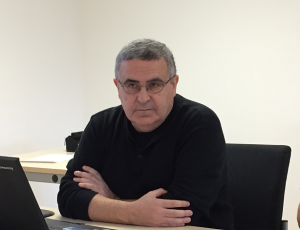
Source: Schmeh
- Only a few days ago, Richard Bean, Frode Weierud and George Lasry jointly solved a series of ciphertexts from the Biafran War.
There’s no doubt that all of these successful codebreakers would have deserved to receive the Golden Alice 2019 in the “Best Codebreaking” category. However, I had to limit myself to one person or team. So, after some sleepless nights, I chose to award the “Best Codebreking” Golden Alice to Jarl Van Eycke and Louie Helm.

Source: Van Eycke
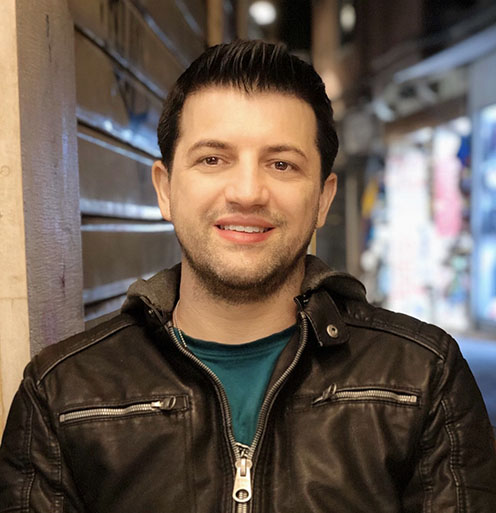
Source: Helm
Jarl and Louie solved two bigram substitution challenges I had introduced on this blog, the Bigram 1000 and the Bigram 750 challenge. Their work literally set new standards in breaking historical ciphers. It included the generation of octagram statistics based on 2 Terabyte of English text as well as newly invented techniques to store the results in a memory-efficient way. Never before had such short bigram-substitution ciphertexts been broken.
Golden Alice 2019 for Best Book
To my regret, I can’t currently think of a book about crypto history or codebreaking that has been published in 2019. But I’m sure there are some. So I need help from my readers:
WHICH BOOKS PUBLISHED IN 2019 SHOULD BE CONSIDERED FOR THE GOLDEN ALICE IN THE “BEST BOOK” CATEGORY?
Please send me your suggestions. I will add the winner to this section at a later point of time.
Golden Alice 2019 for Best TV Documentary
In July, there was a TV documentary about the Kryptos sculture produced by CNN. Elonka Dunin plays a major role in it. This documentary is available on Youtube.
The Golden Alice in the “Best TV Documentary” category goes to this production.
There’s also an interesting Enigma documentary made by Marek Grajek and others, but it hasn’t been shown on TV so far.
Golden Alice 2019 for Best Event
Of course, the HistoCrypt 2019 in Mons, Belgium was a great conference. I was the program chair, so I liked this event especially well.
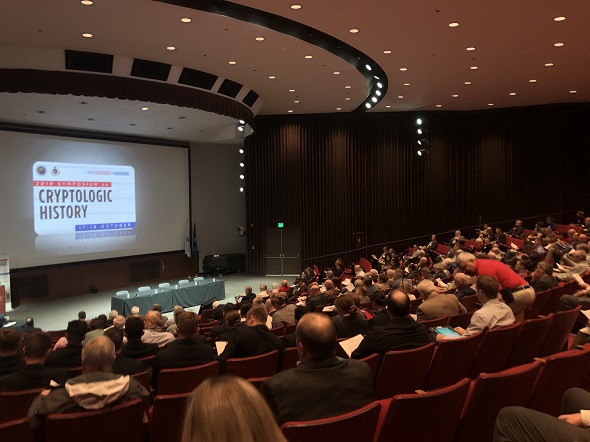
Source: Schmeh
However, there was also the NSA Symposium on Cryptologic History in Laurel, Maryland. I have to admit that this event was much larger than the HistoCrypt, with more talks given and more people attending. So, NSA Symposium on Cryptologic History was the highlight of the year and therefore has deserved the Golden Alice in the “Best Event” category.
Golden Alice 2019 for Encrypted Book
Encrypted books are one of my favorite topics. In 2019 my Encrypted Book List has grown from 94 to 100 entries. Which newbie is the most interesting one? In my view it’s the diary of Ignaz Meyer, a 19th century teacher, town writer, church musician and attourney assistent.
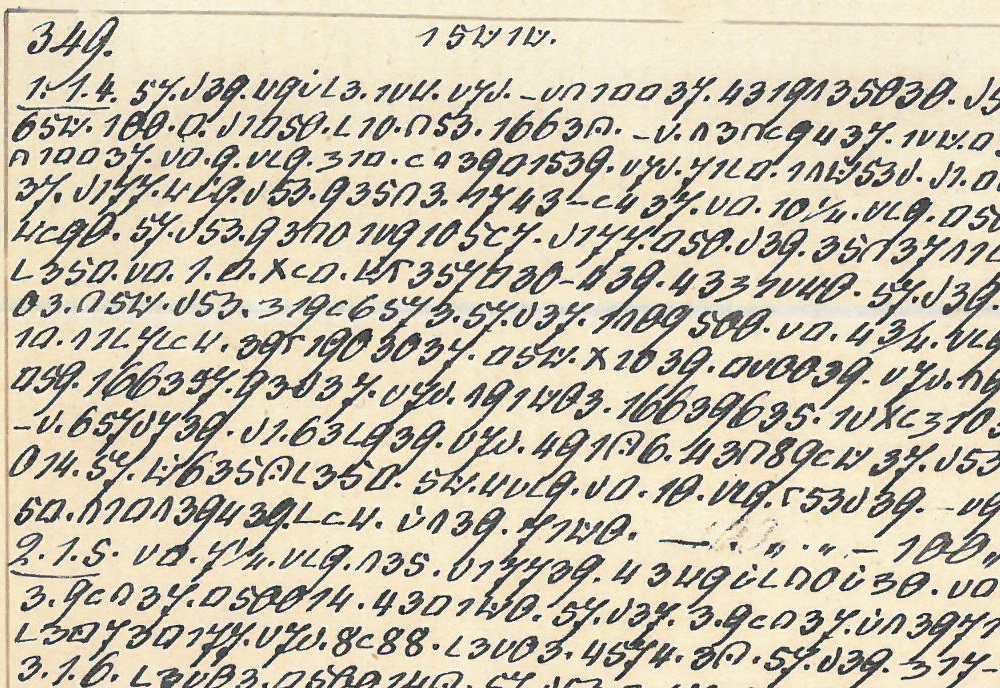
Source: Stadtmuseum Aichach (used with permission)
The content of this diary gives interesting insights into the life of a 19th century individual who had a drinking problem and was not very successful in his job. It is a great example of codebreaking that supports historical research.
Golden Alice 2019 for Encrypted Postcard
Over the last six years I have blogged about almost 200 encrypted postcards. Almost all of them were solved by my readers. Among the highlights were a series of twelve encrypted postcards provided by Tobias Schrödel and the 44 postcards sent by Josef Fröwis from 1898 to 1900.
In 2019, many more encrypted postcards came to my attention and I blogged about them. The Golden Alice in the “Encrypted Postcard” category goes to a series of nine encrypted cards, which were sent by a certain Harry to a certain Charlie, both living in Nottingham, UK.
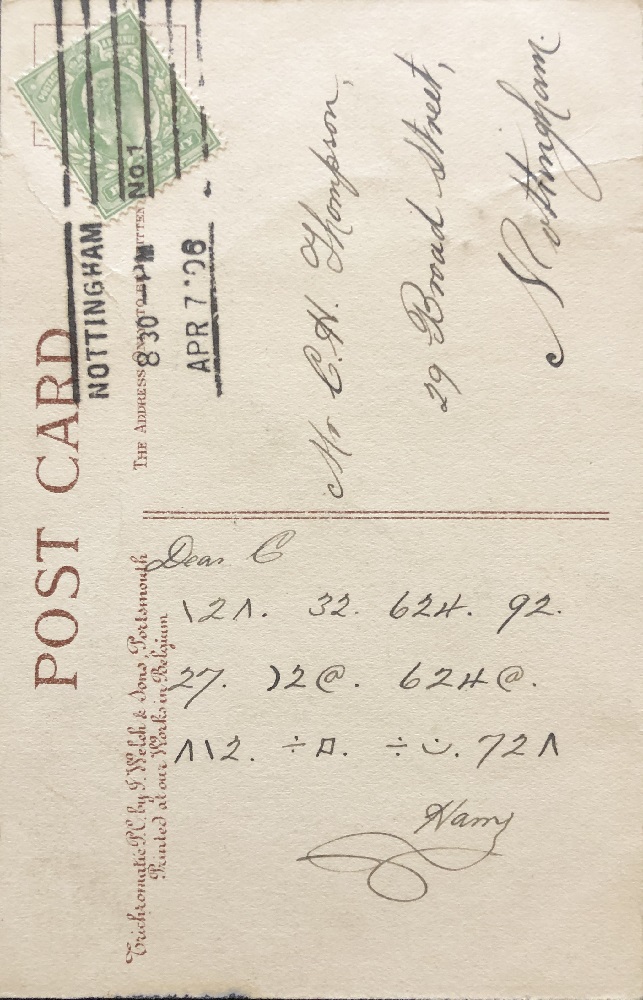
Source: Schrödel
These cards were, like many others before, provided by Tobias Schrödel. Thomas Bosbach, Armin Krauß, Michael Schroeder and Thore solved them.
Golden Alice 2019 for Newly Discovered Cryptogram
Over the last 12 months, I had the pleasure to blog about at least a dozen unsolved cryptograms I hadn’t known before. My favorite is a telegram sent by a British colonel in 1916, which is still unsolved. Tony Gaffney had made me aware of it. The encryption method used might be a letter-pair substitution.
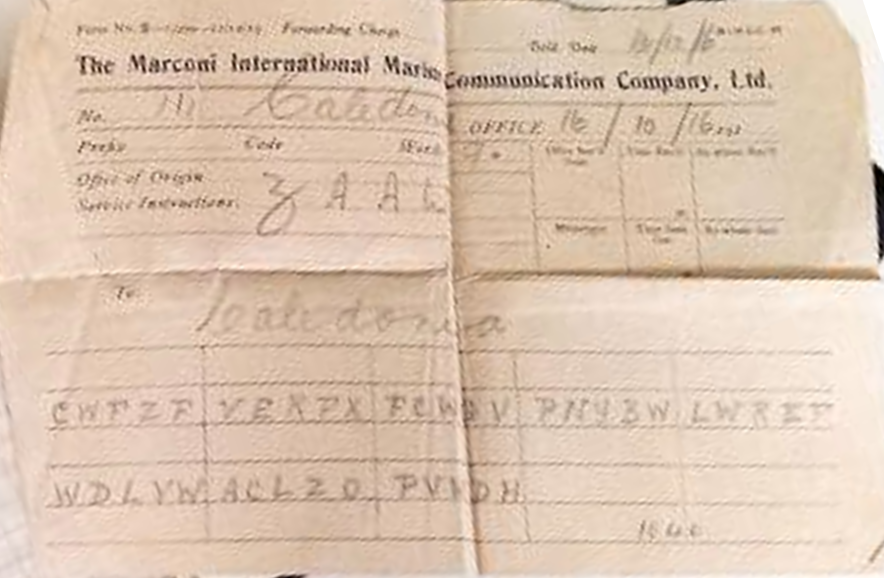
Source: Bury Times
My readers provided many interesting comments about this cryptogram, but the solution is still unknown.
Golden Alice 2019 for Outstanding Work
Readers of this blog certainly know CrypTool 2, a crypto Software that implements numerous cryptographic methods. When it comes to performing codebreaking tasks, such as frequency analysis or computing the index of coincidence, CrypTool is extremely helpful. And CrypTool can do much more. It supports hundreds of crypto functions, including AES, RSA, Diffie-Hellman, MASCs, ADFGVX, turning grilles, and transpositions. Many of these methods are visualized, which helps the user to understand what is going on. All in all, CrypTool is a great crypto e-learning and codebreaking software.
Already last year, CrypTool won the Golden Alice in the “Outstanding Work” category. This year, the 20th anniversary of CrypTool was celebrated (actually it was one year too late, as the project started in 1998).

Source: Schmeh
I had the pleasure of taking part in the celebration, which took place in Munich.
The Golden Alice in the “Outstanding Work” category goes to CrypTool and the team developping it, including Prof. Bernhard Esslinger (Overall Project Coordinator), Nils Kopal, Armin Krauss, and Prof. Dr. Arno Wacker.
Congratulations to all the winners! I am looking forward to writing many more blog posts in 2020.
Follow @KlausSchmeh
Linkedin: https://www.linkedin.com/groups/13501820
Facebook: https://www.facebook.com/groups/763282653806483/
Further reading: My visit at the Cheltenham Listening Stones

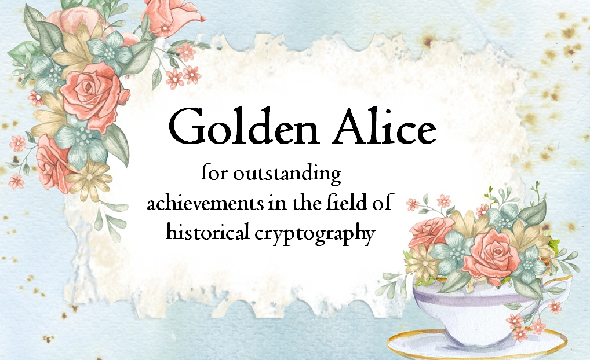

Kommentare (7)